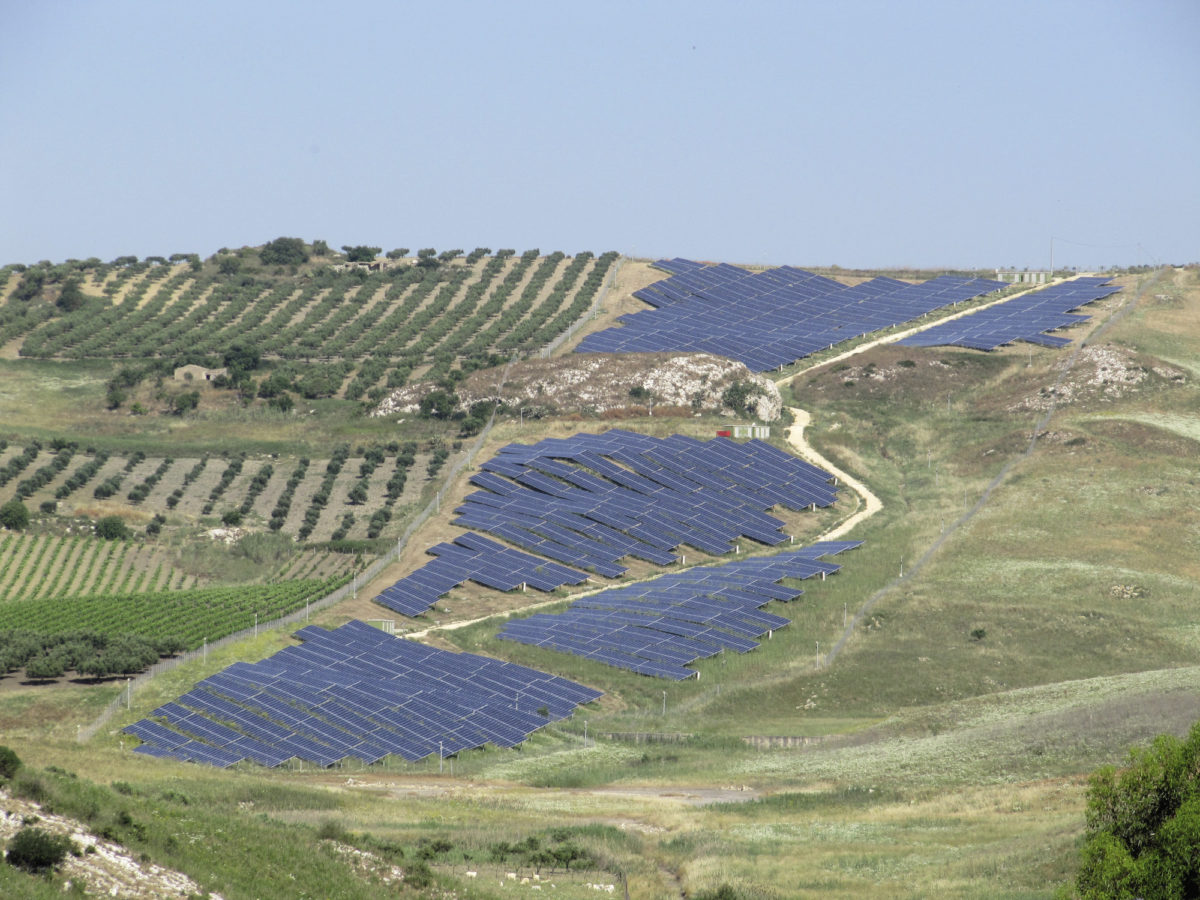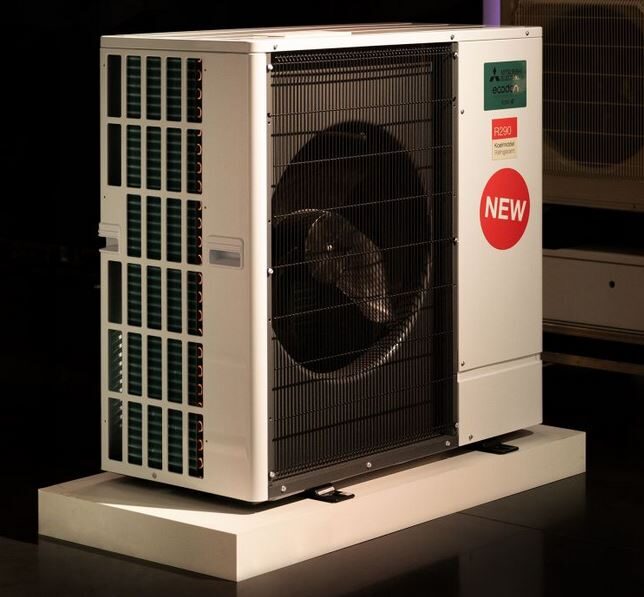Revamping is the replacement of malfunctioning components of distressed PV plants that are no longer performing according to their original specifications and are not covered under product warranties. These replacement components are better performing, yet they do not alter the fixed power of the system.
By contrast, repowering aims to increase the power rating of the system within the surface boundaries of the existing plant. Solar PV plant repowering is mainly used to extend the life of plants at the end of their initial 20 to 25 year design life spans.
More common than revamping or repowering is ‘corrective action.’ This part of the maintenance continuum focuses not only on replacing defunct modules within the warranty, but also on repairing the inverters or other parts of the system without any major system intervention. It also applies to systems damaged by earthquakes or weather events.
The degrees of revamping
Revamping can mean the partial replacement, removal, or reinstallation of modules or inverters, so the system can be redistributed, and the grid connection improved. Other balance of system (BOS) components might be totally or partially replaced, or there could be adjustments to PV system supporting structures or changes made to the electrical configuration of the plant. A third element is the addition of retrofit technologies that boost energy performance (e.g. a retrofit coating designed for uncoated solar modules manufactured before 2013 or the installation of new software platforms).
On the border between revamping and repowering reside even more advanced upgrades. These include the addition of energy storage, changes in fixed-tilt angles and replacing fixed structures with trackers.
No matter the level of adjustments to the plant, the overall aim of revamping is to boost the performance of the existing asset for the asset manager, either restoring the performance ratio to the original financial model or increasing the internal rate of return beyond the original calculations. This kind of improvement within the original operations budget is made possible by the sharp decline in investment costs over the past 10 years. For PV component manufacturers, revamping opens a new sales channel in mature markets with older utility-size plants, beyond the established commercial channel selling to new PV power plants.
Opportunity size
According to the ‘PV Installation Tracker’ from IHS Markit, more than 40 GW of PV systems in Europe above 100 kW are more than five years old; and could be subject to component changes in the coming year, including repairs, replacement, revamping, and repowering. These older installations have the highest incentives and internal rates of return, as well as more problems with component defects and plant underperformance, due to the rush to meet feed-in tariff deadlines. Inverters are not as affected by general defects, but they are anticipated to be replaced after 10 years, unless they are maintained with spare parts.
Revamping opportunities are not only related to defunct components, but also to the number of module and inverter companies that have exited the market in recent years. In many cases, asset owners face serious challenges with warranty claims and technical support. In particular, inverters may suffer from inadequate service and expired warranties, which can cause asset managers to seek inverter replacements.
The vast majority of older ground installations in Europe are concentrated in Germany, Italy, Spain, and France. Despite this concentration by country, PV asset ownership remains fragmented, which reduces the opportunity to perform revamping over large portfolios.
Revamping technology and price
The dramatic decline of component costs in the last few years – and the equally impressive improvements in components’ technology, quality, and performance – has stimulated growth in revamping. Module prices have declined over 80% since 2010, according to the IHS Markit ‘PV Module Supply Chain Tracker.’
This price decline is even more dramatic when average prices in Europe from 2007 to 2009 are considered. During this time, large installations in southern Europe were carried out and prices were higher than $3/W. At the same time, average module efficiencies soared, increasing by more than 25% compared with 2006 levels.
Changes in inverter technology have boosted performance for utility installations while prices declined 75% since 2010. These changes include the shift from early central technology, comprised of 500 kW central inverters, to central inverters with higher outputs of 1,000 V to 1,500 V, which include data analytics and cloud connectivity as well as the acceptance of different PV architectures (e.g. string inverters).
Revamping considerations
In theory, boosting the output of existing plants with high feed-in tariffs, by replacing components at today’s prices and performance, sounds like a straightforward opportunity. However, every PV plant is different, and each one requires analysis of specific considerations before making any revamping decisions. In addition to the specific technical characteristics of each plant and its performance, detailed analysis of the actual policy framework is decisive prior to any intervention. Several technical obstacles might also hinder a cost effective intervention and limit the benefits.
Each major PV market in Europe has its own regulations for system interventions, in particular the feed-in tariff that applies. Italy is the most flexible market, in that it allows improvements to the systems and even has directives for repowering existing systems. Spain and Germany, on the other hand, are highly restrictive about the technical changes that are allowed under their feed-in tariff schemes. Since revamping and repowering are relatively new concepts, the regulatory frameworks are still being redefined and changed in these countries.
After checking the local regulations to understand the kind of interventions that can apply, technical considerations then determine if an intervention is beneficial. Major challenges include the additional investment required to buy new components and the planning and reorganization of the PV installation required to incorporate new components. Changes and upgrades of components could also trigger problems with existing certifications and with the warranties of PV installations.
Overall, revamping and repowering interventions create opportunities to increase the performance of the existing PV generation fleet, but each intervention must be analyzed on a plant-by-plant basis and must also consider both the policy and technical aspects. Any intervention outside the warranty is an additional investment, so asset owners need to ensure that benefits can be reaped over each plant’s lifetime.
The views and opinions expressed in this article are the author’s own, and do not necessarily reflect those held by pv magazine.
This content is protected by copyright and may not be reused. If you want to cooperate with us and would like to reuse some of our content, please contact: editors@pv-magazine.com.



Very interesting